
The AIgorythm project

Playwright and actor

Novelist

Writer and poet

Volleyball player

Italian-Peruvian naturalist and geographer

Singer and percussionist

Last Inca emperor

Politician, former prime Minister

Journalist and TV host
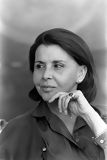
Poet

Inca warrior

Actor and comedian

Biophysicist

Poet

Doctor and researcher

Businessman, Interbank group

Journalist and writer
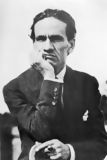
Poet and writer

Singer and songwriter
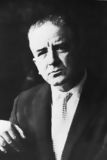
Writer

Film director, Berlin Golden Bear winner

Football player

Writer and journalist
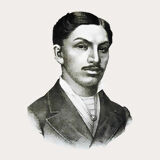
Doctor and scientist

Photograph

Chess player

Industrialist

Former general

Specialist in public health

Actress and singer

Afro-Peruvian music singer

Mathematician and engineer

Indigenous chronicler

Neurologist and anthropologist

Painter

Football player
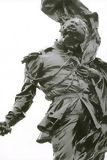
National hero, military leader

Intellectual and reformer

Chef and entrepreneur

Fashion designer

Singer-songwriter

TV presenter

Marathon runner

Indigenous Peruvian chronicler

Theologian

Former national team captain

Economist and former health minister

Inca princess

Writer and television host

Folk musician

Poet and guerrilla
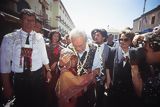
Former UN secretary-general

Chef, known for fusion cuisine

Football player

Peruvian aviation pioneer

Poet and artist
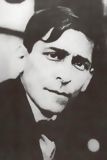
Marxist philosopher and writer

Industrialist and businessman
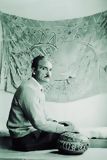
Novelist and ethnologist

Painter and muralist

Opera tenor

Fashion designer

Cardinal of Lima

Peruvian tennis player

Football coach

Leader of the indigenous rebellion

Military hero

Latin singer
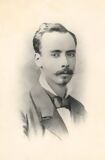
War of the Pacific hero

The youngest mother in history

Politician

Creole music singer

Tennis player

Musician

Writer and politician

Politician and founder of the Christian Democratic Party

Founder of Sodalitium Christianae Vitae

Archaeologist and anthropologist

Military leader and politician

Television host

Actress and singer
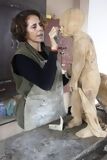
Contemporary sculptor

Women’s rights activist

Beauty queen

Astrophysicist

Heroine of independence

Mathematician and archaeologist

Historian and anthropologist
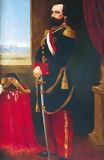
Military figure and historical figure

Fashion photographer

Writer, Nobel Prize in Literature, Politician

Revolutionary leader
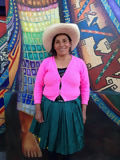
Environmental activist

Leader of the indigenous rebellion

Musician from Gaia band

War hero
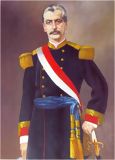
Military leader and politician

Chef, known for Nikkei cuisine

Volleyball coach and former player

Environmental activist

Television personality

Writer

Football player

Epidemiologist and former health Minister

Inventor and aerospace pioneer

Soldier and inventor

Rock singer

Chef and co-owner of Central restaurant

Painter

Football player

TV presenter and actress
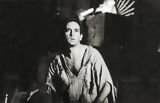
Actor
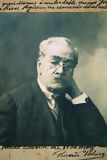
Writer and historian

Journalist and lawyer

Archaeologist, founder of Caral site

Monk and Saint
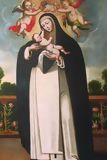
Saint, patron of Latin America

Physicist and engineer

World champion surfer

Actress

Oncologist

Singer, Latin Grammy winner

Former mayor of Lima

Singer

Actress

Former football player

Painter
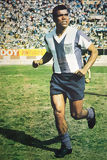
Former football player

Painter

Inca leader

Archbishop, saint
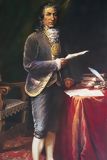
Leader of the indigenous rebellion

Revolutionary indigenous leader

Diplomat and intellectual

Sculptor and painter
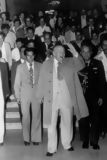
Political leader, founder of APRA

Lawyer and Former prime minister

Chef of Central restaurant

Former head of secret services

Popular singer

Fashion designer

Exotic music singer
Felipe Guamán Poma de Ayala, better known as Guamán Poma, was an indigenous Peruvian chronicler born in the mid-16th century. His most famous work, El Primer Nueva Crónica y Buen Gobierno, is one of the most eloquent testimonies of the effects of Spanish colonization on the Andean people. In this vast manuscript, Guamán Poma not only documents the history of the Incas but also exposes the abuses suffered by indigenous people under Spanish colonial rule. His legacy remains a vital reference for understanding Andean history and the indigenous perspective on colonization.
Guamán Poma was born around 1535 in the region of Huamanga (modern-day Ayacucho) into a noble Inca family connected to the former rulers of the Tawantinsuyo. Despite his noble origins, he grew up during a period marked by Spanish domination and the drastic transformation of the political, social, and economic structures of the Peruvian territory. Like many other noble indigenous families, Guamán Poma's family had to adapt to the new rules imposed by the colonizers. However, from an early age, Guamán Poma developed a profound critical awareness of the injustices his people faced under the colonial system.
His education was unique, combining knowledge of indigenous traditions with the teachings brought by the Spanish. He learned to read and write in Spanish, which later allowed him to compose his famous chronicle. This dual education gave him a unique insight into the contrasts and tensions between indigenous culture and the colonial system imposed on Peru.
His most important work, El Primer Nueva Crónica y Buen Gobierno, was written between 1600 and 1615. This manuscript, consisting of over 1,000 pages and nearly 400 illustrations, is one of the most powerful critiques of the colonial regime from an indigenous perspective. Throughout his work, Guamán Poma provides a detailed account of Inca history, the arrival of the Spaniards, and the devastating impact of the conquest on indigenous populations.
Divided into several sections, the chronicle begins with an account of the Andean worldview and the mythical origins of the Incas. Guamán Poma presents the Incas as a civilized and just people who lived in harmony with their environment and respected their subjects. This vision contrasts sharply with the brutality brought by the Spaniards, whose rule, according to him, was characterized by violence, exploitation, and expropriation.
One of the most striking parts of the chronicle is his denunciation of the encomienda system and the abuses committed by the encomenderos. Guamán Poma recounts how indigenous people were subjected to forced labor, land confiscation, and cruel treatment, often leading to their deaths. He also harshly criticizes the Catholic Church for allowing these abuses to occur under the guise of evangelization.
What makes Guamán Poma's work particularly remarkable is that he does not limit himself to criticizing the colonial regime; he also offers solutions to improve the situation. In his vision of "good government," Guamán Poma suggests a more just administrative system in which indigenous people play an active role in decision-making and where their rights and customs are respected. He advocates for replacing Spanish corregidores with indigenous leaders who better understand the needs of their communities and calls for an end to the systematic exploitation of resources and people.
His concept of "good government" is largely inspired by the Inca administrative system, which he believed ensured the well-being of all citizens and maintained the balance between humans and nature. Although his proposals were never implemented, they reflect Guamán Poma's desire to unite the best aspects of both indigenous and Spanish cultures to create a more equitable system.
Another remarkable aspect of El Primer Nueva Crónica y Buen Gobierno is the use of illustrations that accompany the text. Guamán Poma created more than 400 drawings that complement his written descriptions, making his work not only a historical document but also a visual masterpiece. These illustrations depict scenes from Inca daily life, as well as episodes of violence and abuse perpetrated by the Spanish colonizers. They also portray Spanish authorities, priests, and indigenous figures, often highlighting the contrasts between the two cultures.
Guamán Poma's style is unique in that, although he uses Spanish as the written language, his work is deeply influenced by the Andean worldview. He employs metaphors and expressions rooted in his culture, giving the chronicle a hybrid character that reflects the complexity of the encounter between indigenous and European cultures.
Guamán Poma's manuscript was sent to King Philip III of Spain, but it was never published or widely disseminated during his time. It remained lost for centuries until it was rediscovered in 1908 at the Royal Library of Copenhagen in Denmark, where it is still preserved today. Since then, his work has been the subject of numerous studies and is considered an invaluable source for understanding Andean history during the colonial period.
Throughout the 20th century, Guamán Poma has been recognized as one of the most important indigenous voices of the colonial era. His work has been translated into several languages and is widely studied in the fields of history, literature, and anthropology. His denunciation of colonial abuses remains relevant today, and his proposal for a more just and equitable government resonates with contemporary ideals of human rights and social justice.
Felipe Guamán Poma de Ayala is now remembered as a visionary chronicler whose work offers a unique perspective on life in The Andes during the colonial period. His Primer Nueva Crónica y Buen Gobierno not only documents the abuses committed by the colonizers but also proposes solutions based on justice and respect for indigenous culture. Through his texts and illustrations, Guamán Poma left a monumental legacy that remains an essential reference for understanding the complexity of Peru's colonial history and the impact of the Spanish conquest on indigenous peoples.